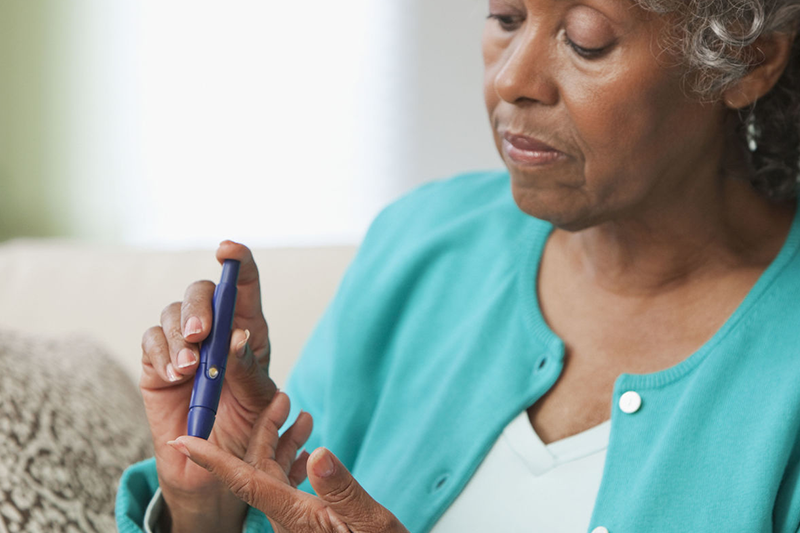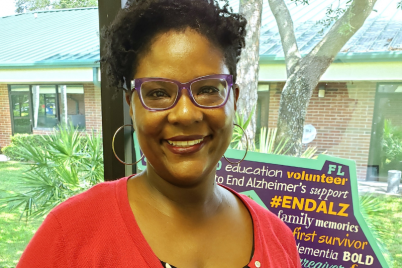Part 1 of 2 of the Diabetes Series
Who is at risk?
More than 30.3 million people in the United States have been diagnosed with Diabetes Mellitus (DM), which accounts for about 10 percent of the total population. Every 19 seconds, someone is newly diagnosed with DM. Out of the 30 million, 7.3 million people remain undiagnosed. In Pinellas County, which contains close to a million citizens, DM is the seventh leading cause of death.
DM disproportionally affects minorities, such as American Indians/Alaskan Natives (15.1 percent), African Americans (12.7 percent) and Hispanics (12.1 percent) at a higher rate when compared to their Caucasian (7.4 percent) and Asian (8 percent) counterparts.
What is Diabetes Mellitus?
There are two main types of DM: Type 1 and Type 2. Type 1 DM occurs when the body does not produce insulin. After we eat, the body breaks down the food into glucose (sugar) which is used for energy.
Insulin is the vehicle (the bus) that is used to transport the sugar from the blood to the target cells for the use of energy. Without the “bus,” glucose remains in the blood, causing an increased level of sugar. Type 2 DM is when the body either does not use the insulin that is produced or the body does not make enough insulin, leading to an increase in blood glucose.
When does it occur?
Type 1 diabetics are usually diagnosed under 30 years old and have a thin body type. These patients are required to inject insulin daily to treat their DM. Some risks for Type 1 DM include family history and genetics.
Type 2 diabetics are typically overweight and diagnosed after the age of 40 but can be diagnosed at any age. Some risk factors of Type 2 DM are over 40 years of age, having an immediate relative with Type 2 DM, physical inactivity and race.
Some signs and symptoms of DM are excessive urination, thirst and hunger. If you or a loved one is experiencing any of these signs and symptoms, please contact your doctor for further testing.
There are four tests providers use to diagnose DM, but the one most commonly used is called the A1C test. According to the American Diabetes Association (ADA), the target A1C is less than or equal to seven percent. For those who are diagnosed with DM, their A1C should be monitored every three months by their primary care provider.
Why change your lifestyle?
To reduce the risk of getting DM or for those already diagnosed, management can be done through lifestyle modifications. These changes include weight loss, maintaining a balanced healthy diet and exercising for at least 150 minutes per week. Those individuals who are not successful with managing their DM with lifestyle modifications alone may require medications.
Medication treatments in the form of tablets, injections and inhalations are tailored to be patient-specific based on a variety of factors such as the presence of other disease states, medication tolerability and cost.
Where can I get help?
You can take charge of your health and manage your DM with help from Community Health of Pinellas County, which offers FREE Diabetes Education classes.
Class schedule
- Every second Wednesday of the month at Johnnie Ruth Clarke Community Health Center of Pinellas County from 10-12 p.m.
- Every third Wednesday of the month at Johnnie Ruth Clarke Community Health Center of Pinellas County from 5-7 p.m.
- Every second Tuesday of the month at Tarpon Springs Community Health Center of Pinellas County from 10-12 p.m.








